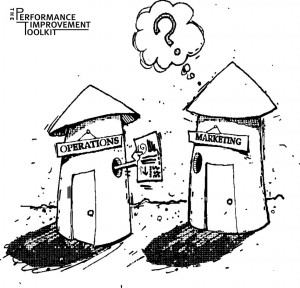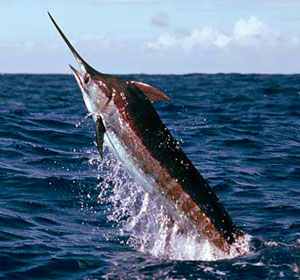What To Do About Abandoned Shopping Baskets (and Leaky Buckets…)
Here’s a bit of role play for you – imagine you run a convenience store. One of your customers fills their basket and walks up to the till. You run the items through the till and tell them how much it’s going to costs. But instead of getting their credit card out, they just walk out of the shop and leave their shopping behind. Now tell me – wouldn’t you be a little curious as to why that customer hadn’t paid for the items they’d spent so much time loading up their basket with? Wouldn’t you at least be tempted to ask them why they’d decided not to buy after all?
Of course you would. But ask yourself, are you extending the same curiosity to those who abandon their shopping baskets at the payment stage of their online shopping with you? If they’re at the stage where you’ve captured their email address, it’s simple to follow them up and ask why they didn’t follow through. You’ll get some insights but you’ll also get a whole lot of extra business that you wouldn’t have got otherwise.
I call this ‘event-triggered’ communications. For me, it’s the ultimate in customer-centric direct marketing – communications that respond to your customer actions rather than being driven by your own internal timings and requirements (i.e. ‘sales aren’t going so well, let’s blast the email database with offers.’)
At Black Tomato, we followed up all quotes that hadn’t converted into business. We did it with an email that linked to a short survey. We called it our ‘Not This Time’ survey. OK, so not everyone filled in the survey but those that did gave us a lot of insight into why we’d missed out on that business. And it won us business too, as customers who we thought had booked elsewhere got back into contact with us.
I’d encourage you to plot your customers’ journey through the booking process, look at each stage where you could lose prospective customers and look to at communications to stem those losses.
 It’s a bit like filling a bucket that’s got holes in it with water – your marketing spend is the tap and the prospects are the water. To stop all your water running out, you’re going to need to plug as many of those holes as you can.
It’s a bit like filling a bucket that’s got holes in it with water – your marketing spend is the tap and the prospects are the water. To stop all your water running out, you’re going to need to plug as many of those holes as you can.
Do you follow up people that request or download a brochure from you? Do you follow up everyone that enquires with you – whether that be by phone, email or social media? What about people who click on email content, especially those who haven’t clicked in a while – sounds like they’re interested to me? Are you responding to that interest?
The key is timing. Let the customer’s timing be your guide, not yours. So if a customer’s clicked on some email content and had a look round your site, send them a tailored follow up a day or 2 later. Don’t think they’ll get scooped up in your next weekly email – they might have booked elsewhere by then.
Getting a customer to enquire is an expensive business. If you’re going to maximise the RoI of your marketing budget, you need to make sure you’re spending incrementally to maximise the conversion of those. Otherwise your marketing efforts are going to be littered with abandoned shopping baskets and leaky buckets – and they’re not of much use to anyone.


